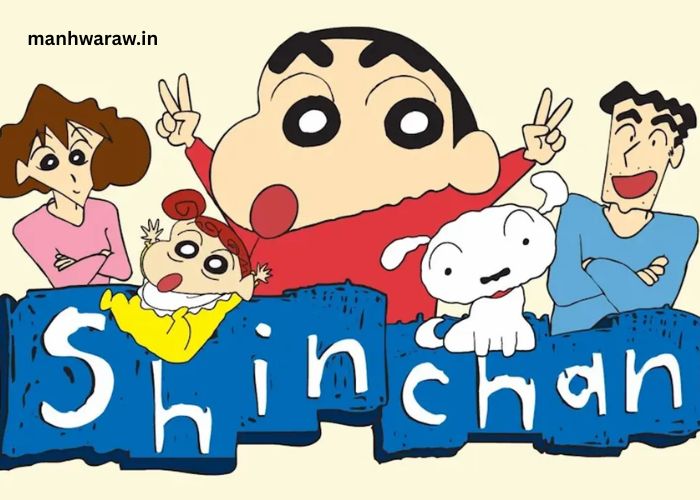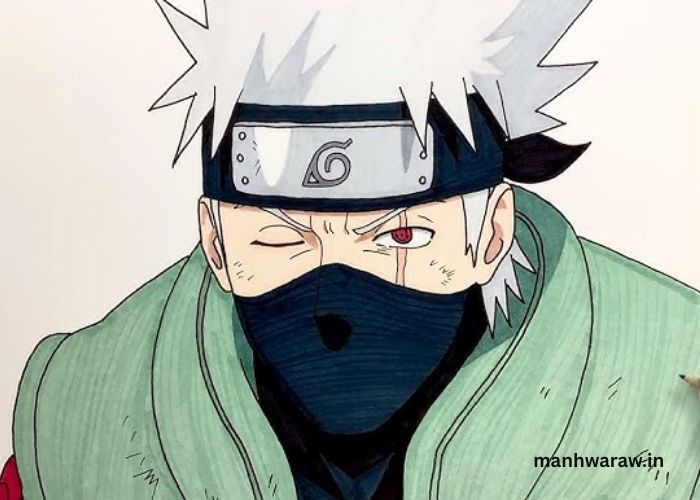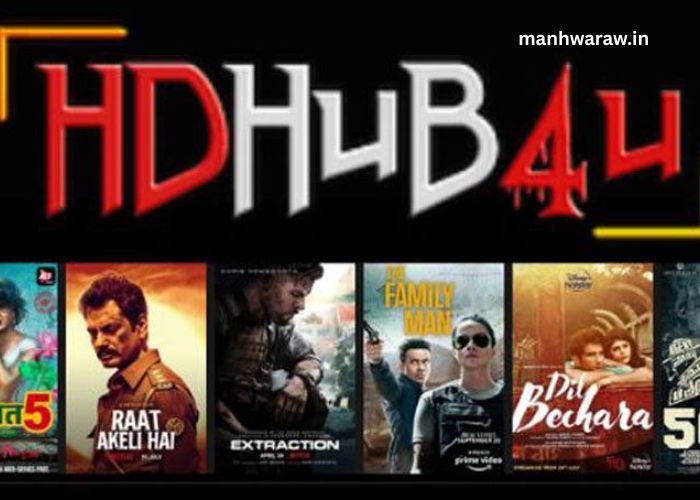When it comes to animated shows that have stood the test of time, the Shinchan Cartoon—also known as Crayon Shin-chan—remains a fan-favorite. Created by Yoshito Usui in 1990, this Japanese cartoon follows the life of a five-year-old boy named Shinnosuke Nohara, or Shinchan, whose silly behavior and witty remarks make him one of the most lovable and hilarious cartoon characters of all time.
Originally meant for adults, the show’s unique humor and clever storytelling gained popularity among children as well. Set in Kasukabe, Japan, Shinchan lives with his parents, baby sister Himawari, and his pet dog Shiro. His playful nature often leads to chaos at school, home, and even during family vacations. The cartoon has been dubbed in multiple languages and aired in many countries, including India, Spain, and the U.S.
Key Points:
- Shinchan is a mischievous child full of funny ideas.
- The cartoon mixes daily life with wild imagination.
- Loved by both kids and adults for its humor.
What Is The Storyline Of Crayon Shin-chan?
The Shinchan Cartoon is more than just jokes—it has a simple yet engaging storyline. It shows the everyday life of a young boy named Shinchan, who is curious, naughty, and extremely funny. His innocent mischief often creates awkward or hilarious situations, especially for his parents, Hiroshi and Misae.
One of the most charming aspects of the cartoon is how it reflects Japanese culture through festivals, school routines, and neighborhood traditions. At the same time, its humor is universal. For example, in one episode, Shinchan tries to clean the house but ends up making a bigger mess, turning a normal day into a laugh-out-loud adventure.
His school life also adds to the entertainment. With friends like Kazama (the smart one), Nene (the dramatic one), Masao (the scared one), and Bo (the silent one), Shinchan forms a funny group called the “Kasukabe Defense Group.” Their silly ideas, like becoming detectives or making a secret club, often lead to trouble.
The cartoon doesn’t focus on long plots or big missions; instead, it celebrates everyday fun. Whether it’s going to a supermarket, visiting a zoo, or dealing with his baby sister’s tantrums, Shinchan makes everything ten times more exciting.
How Is Shinchan Different From Other Cartoon Characters?
Shinchan stands out from other cartoon characters due to his honest, fearless, and often embarrassing behavior. Unlike many shows where kids follow rules or learn moral lessons in each episode, the Shinchan Cartoon thrives on doing the opposite. Shinchan speaks his mind, mimics adults, and even asks awkward questions that children usually avoid.
Let’s compare Shinchan with some other famous cartoon characters to see what makes him special.
Comparison Table: Shinchan vs Other Famous Cartoons
| Character | Known For | Age Group Focus | Humor Style |
| Shinchan | Mischief, adult-like behavior | Kids & Adults | Sarcastic, awkward |
| Doraemon | Gadgets, friendship | Kids | Clean, lesson-based |
| Tom & Jerry | Cat and mouse chase | All ages | Slapstick, physical |
| SpongeBob | Goofy optimism, sea life | Tweens & Teens | Whimsical, surreal |
| Peppa Pig | Everyday family life | Toddlers | Simple, gentle humor |
Shinchan’s adult-like dialogues and cheeky actions are what make him more relatable to grownups as well. He imitates TV ads, sings nonsense songs, and makes random jokes that feel spontaneous. His open expressions often surprise the adults around him, especially his mother, who constantly yells, “SHINCHAN!”
Note: Some parents may find Shinchan’s behavior inappropriate for younger children. Parental guidance is advised.
Why Do Kids And Adults Both Enjoy Watching Shinchan?
One rare quality of the Shinchan Cartoon is its ability to entertain both children and adults. While kids enjoy his silly faces and weird dances, adults laugh at the subtle jokes and real-life family issues shown in a humorous light. Shinchan often mirrors the daily stress of parenting, school pressure, or work frustrations—but turns it into comedy.
For instance, in one episode, Shinchan helps his dad relax after a long day at work by giving him a “spa treatment” that turns their bathroom into a mess. Another time, Shinchan tries to help his mom cook but ends up mixing soap into the food. The chaos that follows is both funny and oddly realistic.
Adults relate to Shinchan’s parents—especially his overworked father, Hiroshi, and his always-tired mother, Misae. Their reactions to Shinchan’s pranks feel genuine and remind viewers of their own experiences with kids or siblings. His interactions often include cultural jokes, misunderstandings, and family drama.
This ability to balance childlike silliness with adult humor makes the cartoon enjoyable for all age groups. Whether you’re watching as a kid or rewatching as a grown-up, Shinchan never fails to make you smile.
What Is The Global Impact Of Shinchan Cartoon?
Although it started in Japan, the Shinchan Cartoon became a massive global hit. It has been translated into over 30 languages and aired in more than 40 countries. Its popularity in countries like India, Spain, Indonesia, and the Philippines shows how universal its humor is.
The cartoon was first aired in India in 2006 on Hungama TV and quickly became a favorite among kids. However, due to some content considered inappropriate, it was temporarily banned. After being edited and dubbed again, it returned with a more family-friendly version that continued to grow in popularity.
Global Shinchan Reach Table
| Country | Language Dubbed | Channel Aired | Popularity Level |
| Japan | Japanese | TV Asahi | Extremely High |
| India | Hindi, Tamil, Telugu | Hungama TV, Disney+ Hotstar | Very High |
| Spain | Spanish | Cartoon Network, Fox | High |
| Indonesia | Bahasa Indonesia | RCTI | Moderate |
| U.S.A. | English (Adult Swim) | Funimation | Niche Audience |
Even today, Shinchan’s merchandise—from toys and clothes to school bags and posters—is highly popular. In Japan, there are Shinchan-themed cafes and even museums celebrating his legacy.
Reminder: Always ensure that the version your child is watching is age-appropriate and reviewed by local broadcasting standards.
What Life Lessons Can Be Learned From Shinchan?
At first glance, it may seem like Shinchan is just about jokes and mischief. But if we look deeper, the Shinchan Cartoon also teaches important life lessons—just in a humorous way. The show promotes honesty, being yourself, and loving your family despite their imperfections.
For example, Shinchan is always confident in who he is. He doesn’t try to act “cool” or follow others. He’s not afraid of embarrassing himself, and that teaches kids to be fearless and true to themselves. His loyalty to his dog Shiro, and his protectiveness towards his baby sister Himawari, show how much he cares deep down, even if he doesn’t show it in a traditional way.
Another important lesson is about accepting others. Shinchan’s friends all have different personalities, yet they stay together and support each other. Whether it’s Masao’s nervousness or Bo’s silence, Shinchan includes everyone in his adventures.
While the cartoon is not an educational show, it cleverly uses comedy to reflect values like friendship, love, courage, and even kindness—just in a more chaotic and humorous setting.
Conclusion
Shinchan is not just a silly boy on TV. He represents childhood in its raw, unfiltered form—full of fun, mistakes, and curiosity. His actions, though often wild and funny, reflect the way many kids actually think and behave. That’s what makes the Shinchan Cartoon so special.
From school problems to family drama, every episode brings something new and funny. Whether you’re watching alone or with your kids, Shinchan offers laughter, nostalgia, and sometimes even unexpected wisdom. Despite the controversies and edits in different regions, it remains one of the most beloved cartoons worldwide.
So next time you need a good laugh, don’t forget to tune in to Crayon Shin-chan and enjoy his hilarious world of mischief and fun.
FAQ’s
- Who created the Shinchan Cartoon?
The cartoon was created by Japanese manga artist Yoshito Usui in 1990. - Is Shinchan suitable for children?
In its edited form, yes. The unedited version may include content more suitable for older viewers. - What language is Shinchan originally in?
Shinchan was originally written and aired in Japanese. - Where can I watch Shinchan episodes online?
You can watch Shinchan on platforms like Disney+ Hotstar or Hungama TV, depending on your region. - Why is Shinchan so popular in India?
Its unique humor, dubbed dialogues, and relatable family scenarios made it a hit among Indian audiences.





